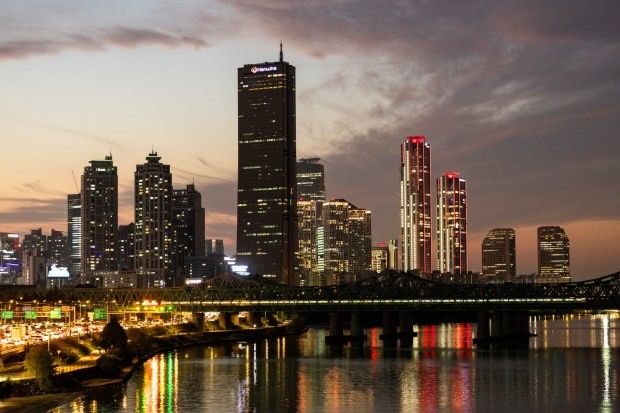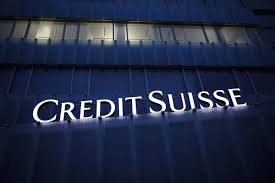World’s best-performing office market has occupancy above 98pc
From London to New York, nobody wants to be a commercial landlord these days. But in the South Korean capital, owners of office towers are living the boom life.
Seoul’s office market is every landlord’s dream: More than 98 per cent of grade-A offices are occupied, with rents surging 15 per cent from last year. The competition for space is so fierce that when there was a floor available in Parnas Tower at the heart of the prestigious Gangnam district, a dozen domestic and international companies turned up in a tender to outbid each other.
“Particularly for the tenants looking for large spaces, they really have nowhere else to go,” said YJ Choi, head of leasing at Cushman & Wakefield Korea. “So, they’re just taking it, even if it means a 30 per cent or 40 per cent increase in price.”
In South Korea, the market is thriving due to a unique mix of supply and demand factors, cultural preferences and economic resilience. The capital had a vacancy rate of just 1.7 per cent in the third quarter, compared with an average of 19 per cent in Asia, according to data from CBRE.
Offices have been in short supply in Seoul since 2021, with just half of what has historically been available, according to Claire Choi, head of research for Korea at CBRE. She expects the shortage will last until 2025, when new projects now under construction will come online, and rents to grow year-over-year by about 15 per cent in 2023.
Redevelopment restrictions imposed by the government a few years ago and disruptions of development plans by the pandemic have contributed to the lack of supply, according to CBRE.
“Korea is probably the strongest performing office market in the world for the last two years,” said Calvin Chou, co-chief investment officer and the head of Invesco Real Estate in Asia Pacific.
Even though borrowing costs are generally higher than typical rental yields of 4 per cent – a main reason why office purchases are rare in many parts of the world now – Invesco still received competitive offers in a recent sale of a 17-storey office tower in Gangnam.
The US firm eventually sold the asset for $US385 million ($592 million), almost double the original purchase price in 2017.
“When my colleagues or peers in the US and Europe saw the headline, they were surprised,” Mr Chou said of the price. “It just goes to show the Asian market operates very differently.”
And it also reflects that investors expect rental yield and income in Korea will grow over time, he added.
Bloomberg





